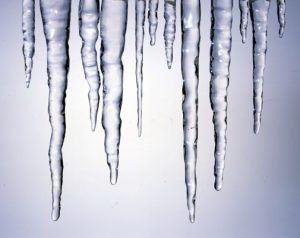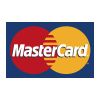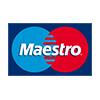A Guide to Refrigerator Temperatures
Fridge Freezer, wine chiller and refrigerator temperatures are intended to be different on different shelves and in different compartments, so that you can choose the one best suited for your item. The exact temperatures vary from fridge to fridge but generally speaking refrigerators can be divided into four zones.
−18 °C (0 °F) in the freezer
0 °C (32 °F) on the top shelf, often called the meat zone
5 °C (41 °F) on the middle shelves, usually called the cooling zone (great for bottles of wine or pop or opened pots).
10 °C (50 °F) in and near the “salad crisper” – more gentle for fruit, lettuce and other fresh items.
Generally, 3 to 5° Centigrade (37 to 41° Fahrenheit) is appropriate for a domestic fridge, and −18° Centigrade (0° Fahrenheit) for a domestic freezer.
However, there are no “standard” refrigerator temperatures common to all domestic refrigerators. Although in commercial catering environments there are strict temperature and storage times for different types of goods are set by the Food Safety regulators, with domestic refrigeration appliances there is usually a dial or touch controls to select the temperature you want for yourself.
If there are numbers printed on your dial they are likely to have no specific meaning – so for example you can’t assume that the number 6 on one brand of machine will be similar to the number 6 in another. There is rarely any advantage in setting freezers or fridges to the absolute lowest temperature they are capable of. It will not necessarily extend the lifetime of your groceries and in some cases might actually make it less palatable when eaten. Although refrigerators keep your food fresher longer, remember that the real objective is to eat food fresher, not older.
Environmental temperatures
Most refrigerators, both fridges and freezers, have to be kept in an environment that stays within a reasonable temperature range in order for the appliance to continue working properly. In fact too much cold or too much heat can actually break a refrigerator. This often becomes an issue when they are placed outside the main house, for example in the garage or sometimes in a conservatory or cellar.
Most manufacturers provide details of the range in which they guarantee their refrigeration appliances to be reliable. Refrigerator temperatures can’t be relied on if the temperature outside them is too severe. Keeping them somewhere that exceeds those temperatures will probably void any warranty you have on them too.
Some appliances are specifically designed to withstand a wider range of temperatures so that they can conveniently be located in out-houses or other more extreme places. Look for this in the specifications or ask the manufacturer. Appliances made for temperature extremes are not necessarily more expensive, but it may restrict your choice.
Refrigerator temperatures and freezer star ratings
It has long been a convention in Europe to give freezers and freezer compartments a star rating. More stars tends to mean both a lower temperature capability and more reliability (for example, temperature consistency or faster freezing).
∗ : one star : min temperature −6 °C (21 °F). Maximum storage time for pre-frozen food is 1 week
∗∗ : two stars : min temperature −12 °C (10 °F). Maximum storage time for pre-frozen food is 1 month
∗∗∗ : three stars : min temperature −18 °C (0 °F) Max storage time for pre-frozen food is 3-12 months depending on type (meat, vegetables, fish)
∗∗∗∗ : four stars : min temperature −18 °C (0 °F). Maximum storage time for pre-frozen or frozen-from-fresh food is 3-12 months
A four star freezer is better than a three star one mainly in freezing food more quickly – making it more suitable for freezing produce that is fresh to begin with (instead of bought frozen from the supermarket). It is likely to have other advantages too, such as being better insulated against a power failure – so if the power goes off your food will remain frozen for a day or more rather than a matter of hours.
You will often see “Fast Freeze” or “Fast Chill” listed among the features of freezers and other refrigerators. Many of these machines can automatically recognise when warmer groceries are inserted and will switch into a temporary “boost” mode to get that temperature down fast. In fact, for a limited period the compressor will generate a temperature as low as -26° Centigrade (−15° Fahrenheit)) to achieve this.
Fridge door seals
If you are noticing temperature inconsistencies in your appliance, water pooling in the fridge or ice building up in the freezer, one common cause is a damaged rubber door seal. Sometimes you can sort these yourself by giving them a good clean and making sure they are slotted properly into the door frame. Make sure that none of the items in the fridge are preventing the door from closing too.
If the seal is damaged or perished, they are usually a cheap part to replace, so don’t be afraid to call the Homesource 4U spares department.
If you allow warm air to continue to leak into the fridge or freezer you are not only endangering your health but burning extra electricity and reducing the lifespan of your appliance by putting an extra burden on the compressor.

Icicles are caused by air leaks not refrigerator temperatures





